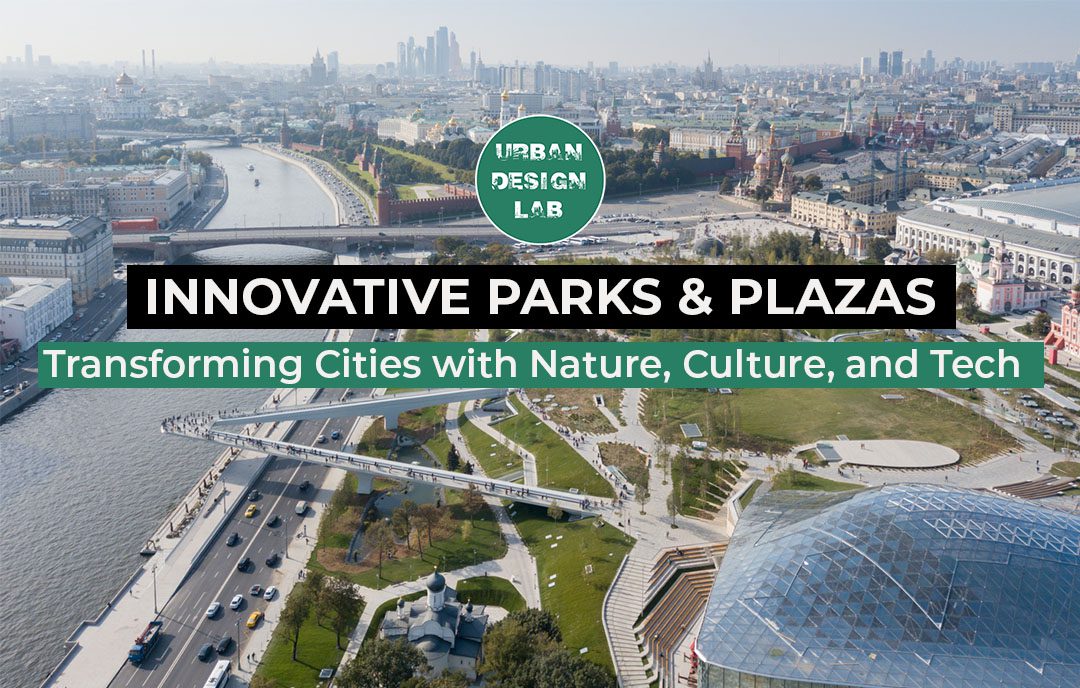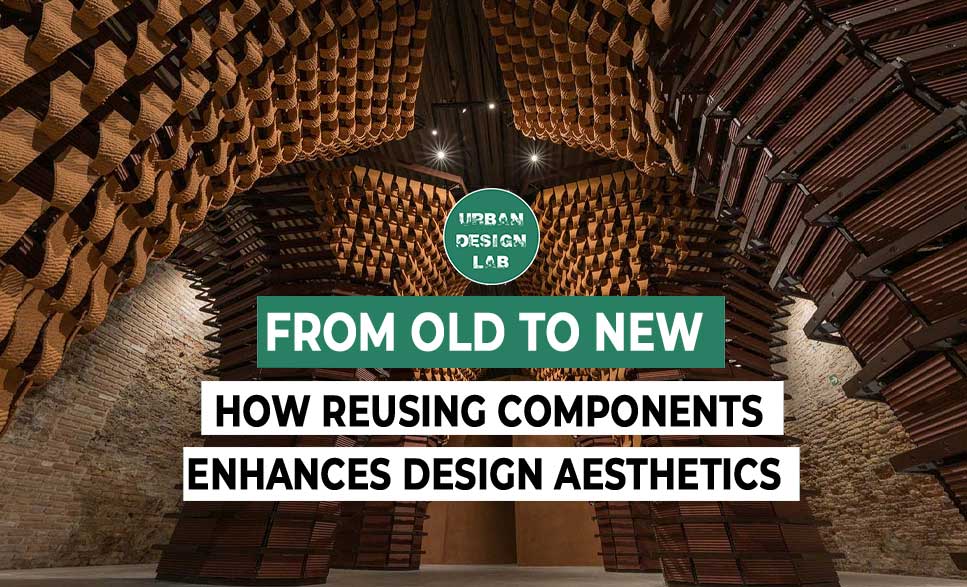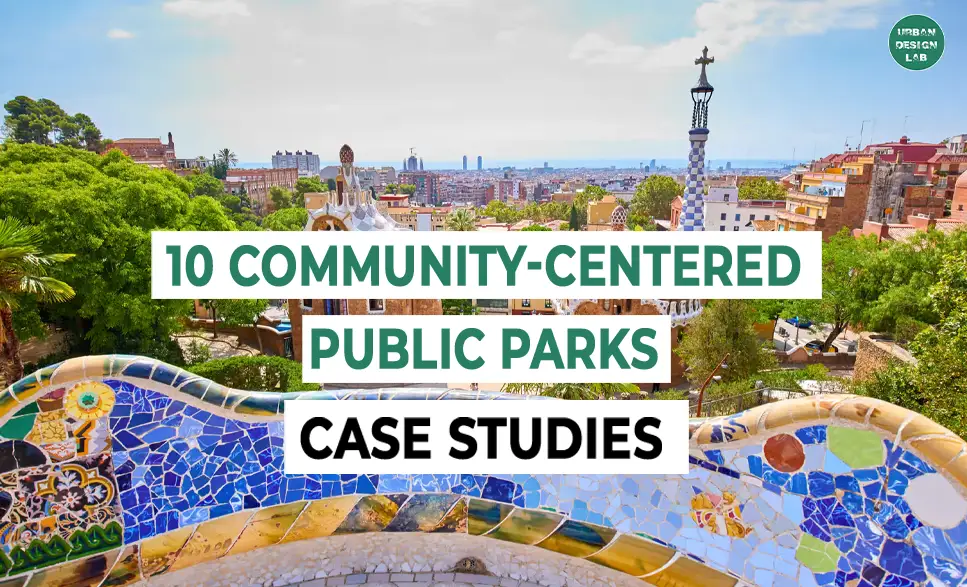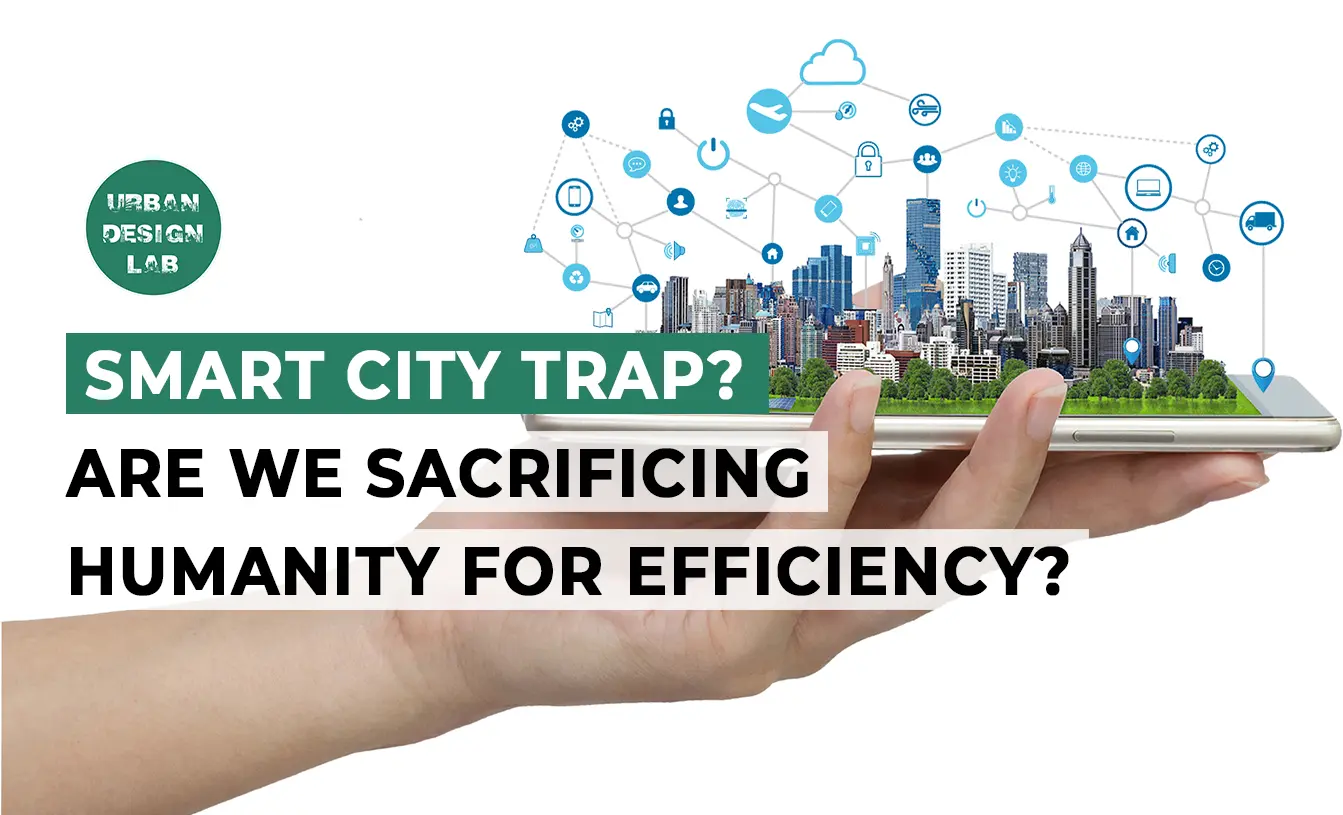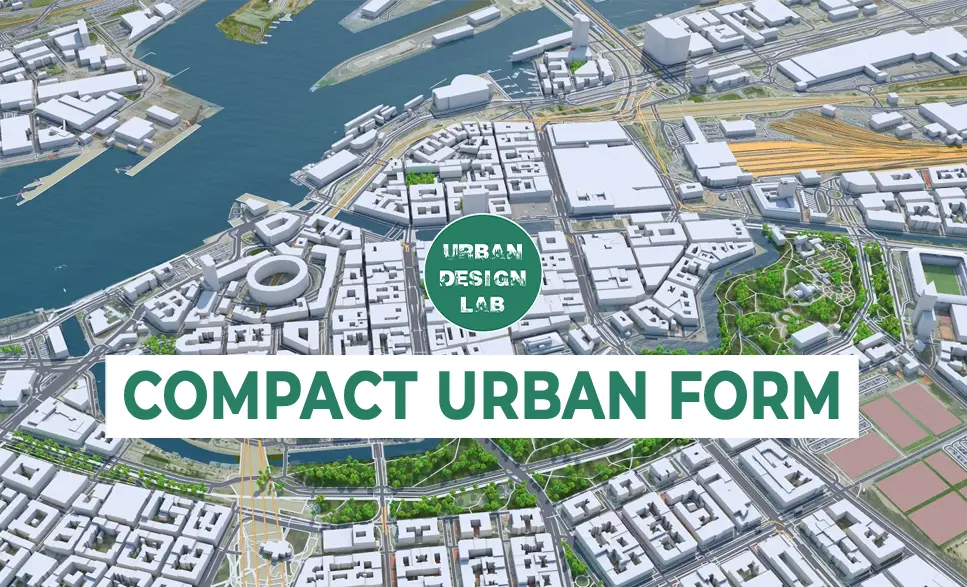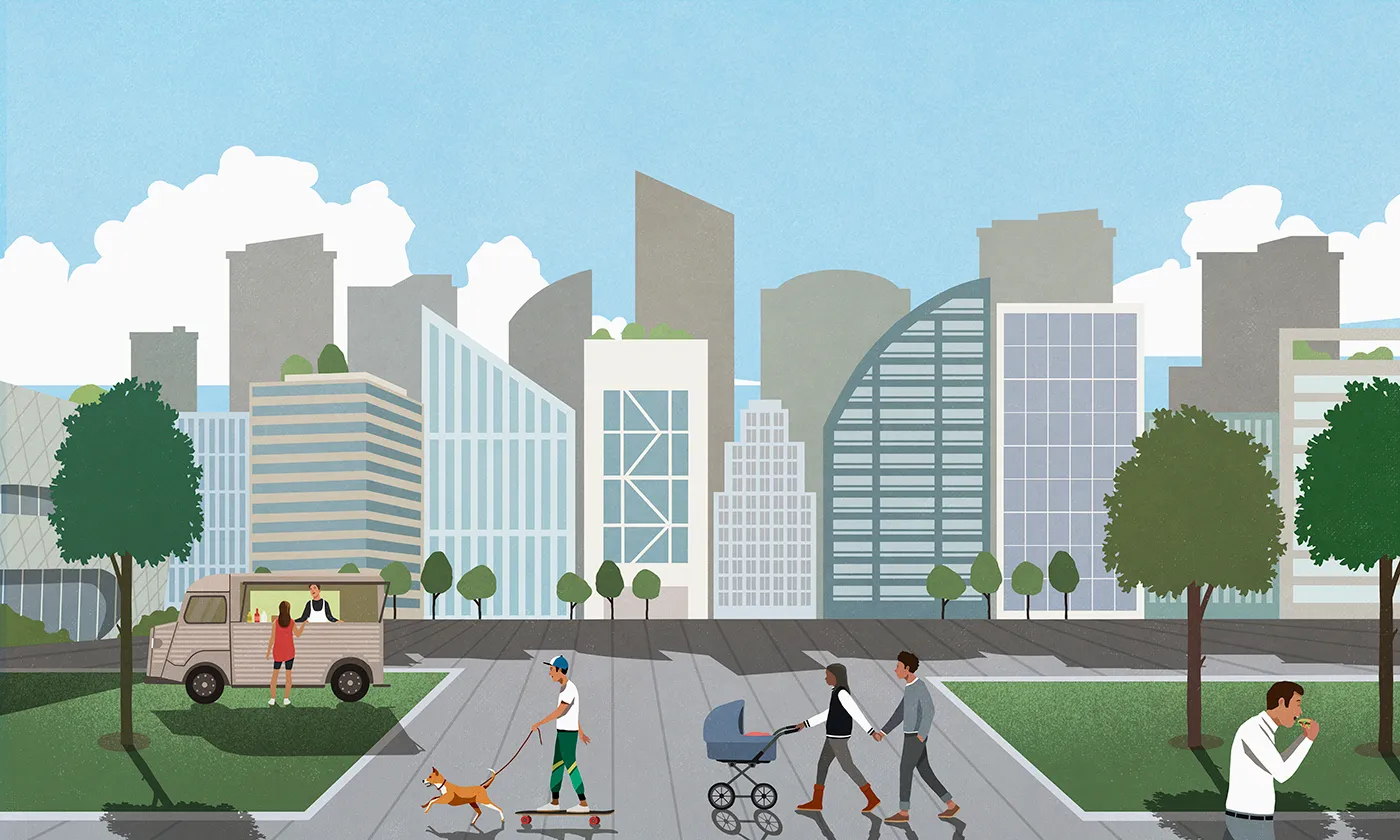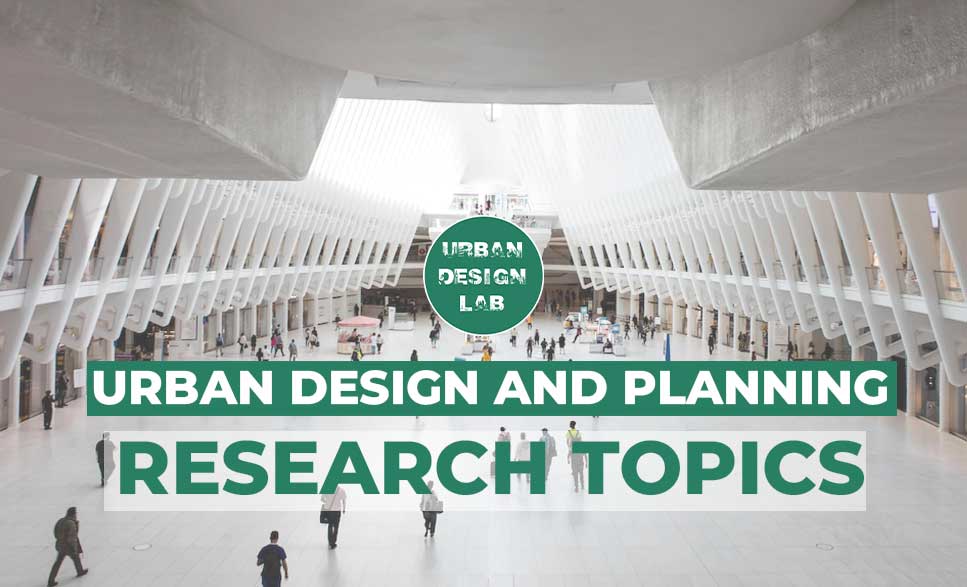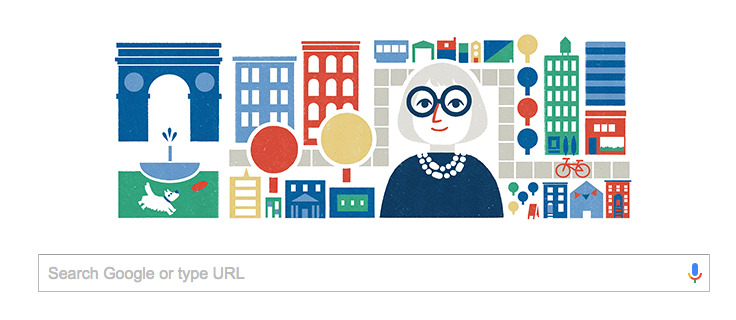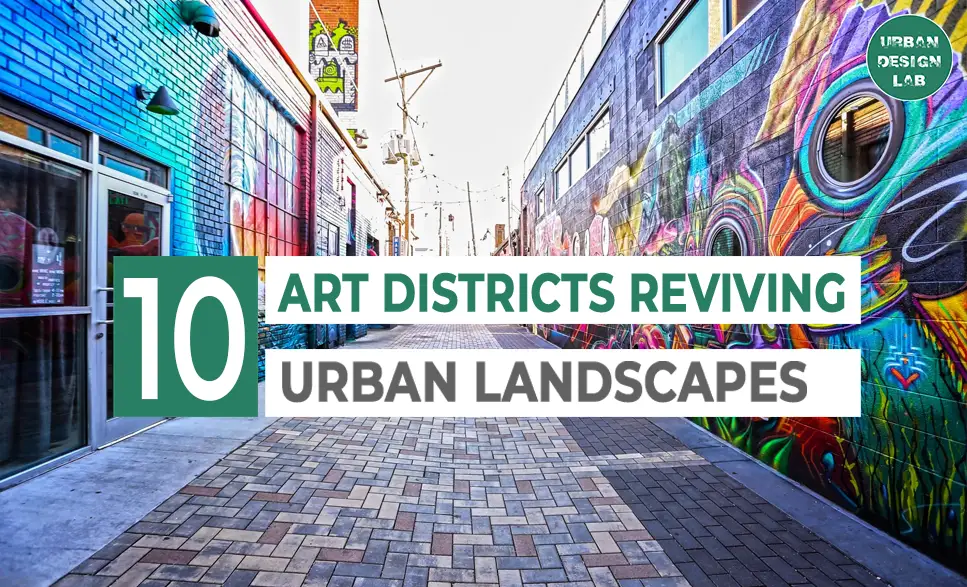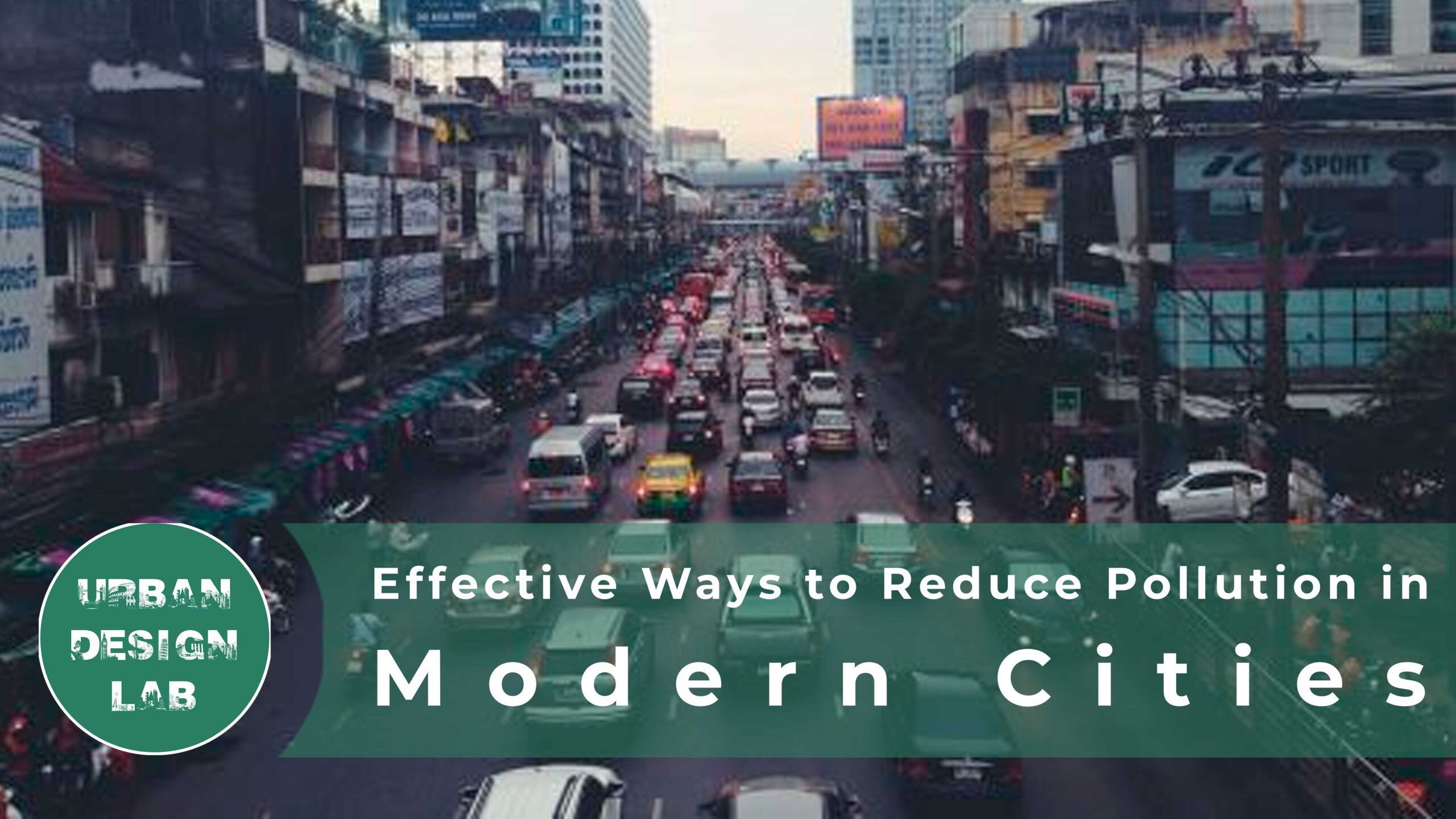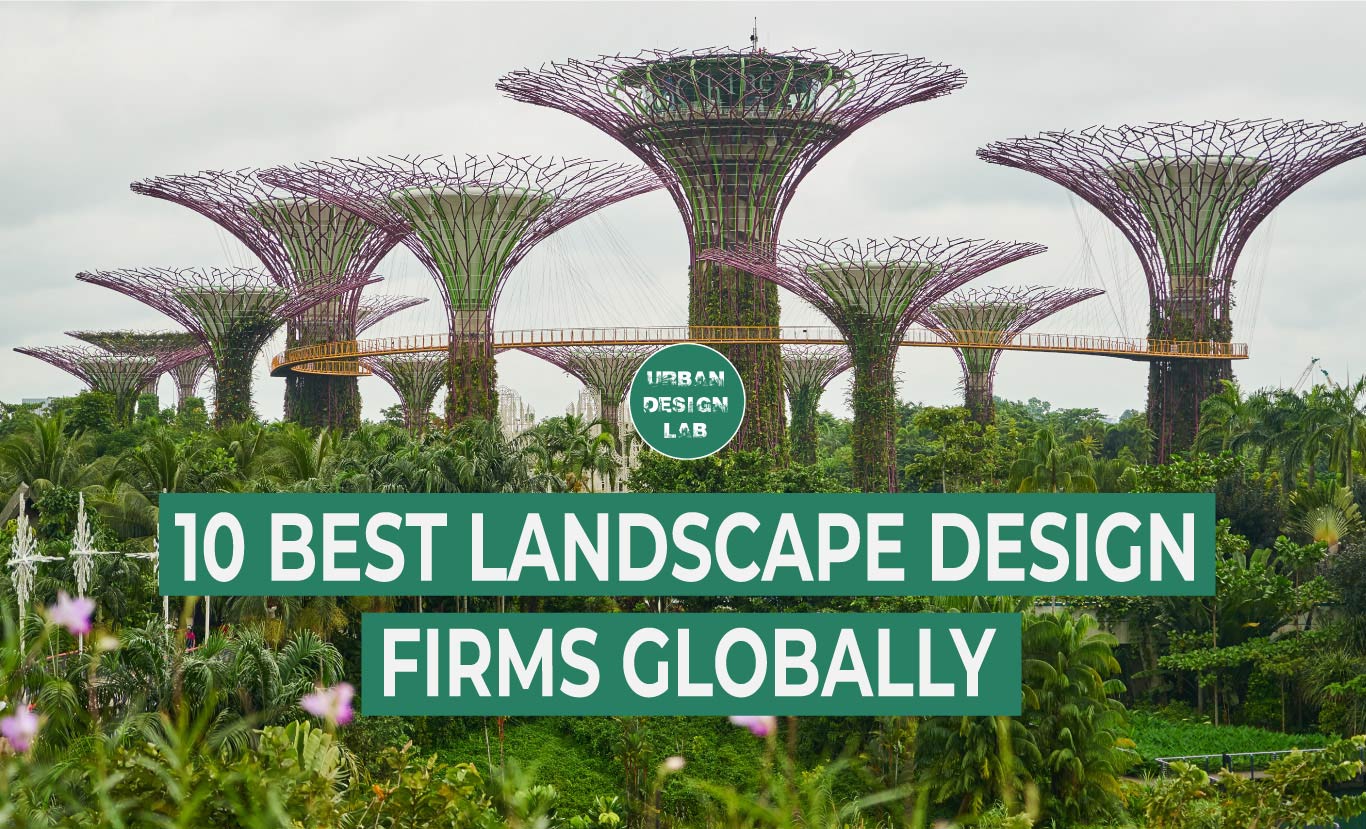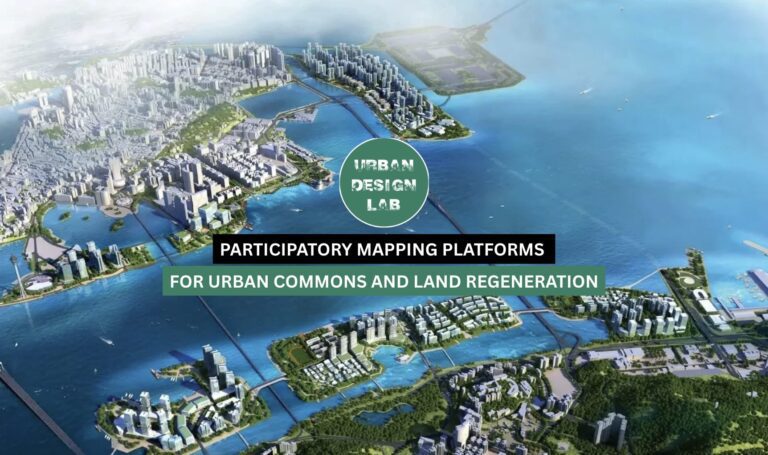
Embracing Tradition in Modern Design Practices
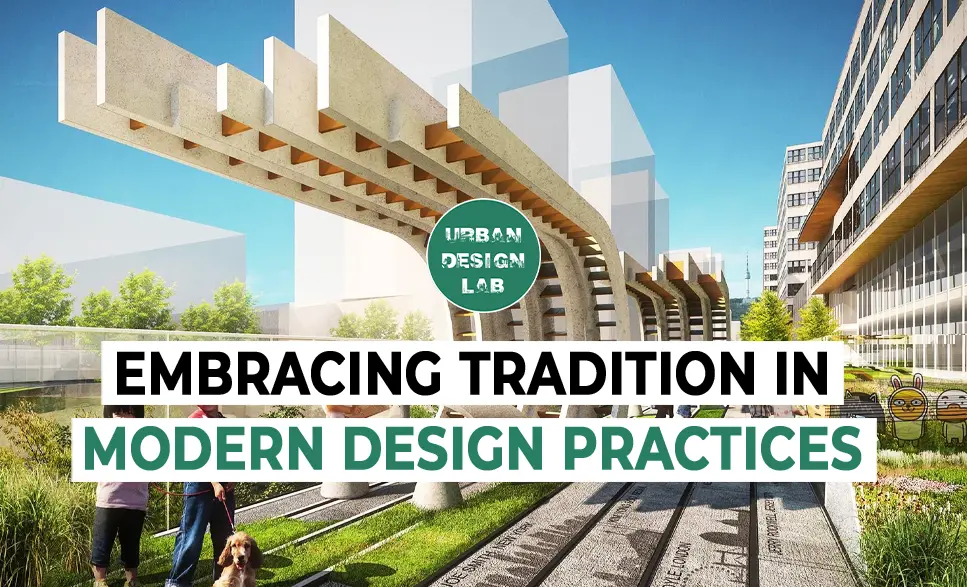
In contemporary architecture, the integration of traditional elements within modern design has become a powerful tool for creating structures that resonate with cultural heritage while meeting the functional demands of the present. Architects like Mario Botta and Kengo Kuma exemplify this balance, seamlessly blending local traditions with innovative design in projects such as the San Francisco Museum of Modern Art and the Asakusa Culture and Tourism Center. This fusion of old and new is not only an aesthetic choice but also a sustainable one, as seen in the work of Richard Rogers and John Hardy, whose designs incorporate natural materials and traditional methods to promote energy efficiency.
Architects like Tadao Ando and David Chipperfield emphasize contextual design, crafting buildings that harmonize with their surroundings and enhance the cultural narrative of their environments. Community engagement plays a crucial role in this dialogue, with Maya Lin and Hernan Diaz Alonso involving local participation to foster spaces that reflect local identity. Finally, hybrid approaches, demonstrated by Zaha Hadid and Alvaro Siza, merge modern aesthetics with historical influences, resulting in unique designs that honor the past while embracing the future. This article explores these diverse themes, illustrating how today’s architects are redefining tradition within the framework of modern design.
Cultural Heritage
Architects such as Mario Botta and Kengo Kuma have mastered the art of embedding cultural heritage into modern designs, creating spaces that elegantly balance history and contemporary innovation. Botta’s San Francisco Museum of Modern Art exemplifies this approach, showcasing a deep respect for the city’s architectural legacy. Through his use of local materials and geometric forms, Botta creates a design that engages in a dynamic conversation between past and present, encouraging visitors to experience the city’s rich architectural history in a new light.
Similarly, Kengo Kuma’s Asakusa Culture and Tourism Center in Tokyo stands as a testament to his commitment to honoring Japan’s architectural traditions. The building’s intricate wooden lattices evoke classic Japanese design, creating a bridge between historical craftsmanship and modern functionality. Kuma’s approach not only pays tribute to Japan’s architectural past but also reinterprets it to meet contemporary needs.
Both Botta and Kuma demonstrate how architects can celebrate cultural heritage while creating innovative, functional spaces, fostering a meaningful connection between tradition and modernity. Their works invite users to experience the past in ways that remain relevant and inspiring in today’s world.
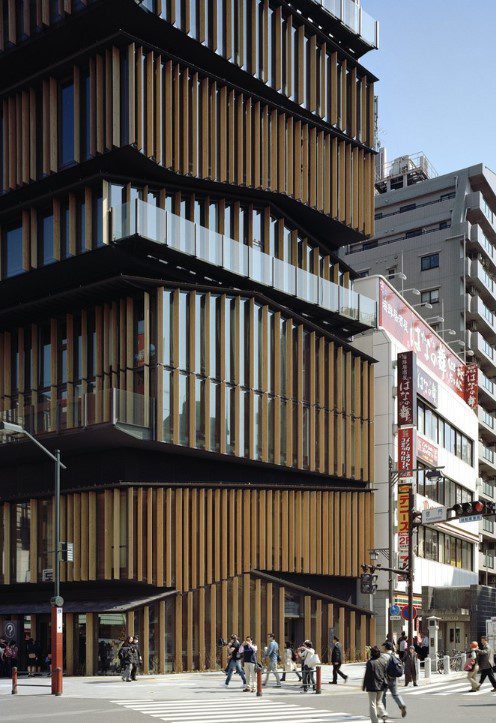
Sustainable Practices
Sustainability in architecture is becoming increasingly interconnected with traditional building practices, drawing inspiration from time-tested methods to address modern environmental challenges. Richard Rogers’ design for the Lloyd’s Building in London serves as a prime example of this approach, incorporating natural ventilation and daylighting—principles deeply rooted in historical architecture. These elements reduce the building’s reliance on artificial energy sources, highlighting how sustainable design can draw from the wisdom of the past to meet contemporary needs.
Similarly, John Hardy’s Green School in Bali demonstrates how traditional materials and methods can promote sustainability. The school’s use of bamboo, an abundant and renewable resource, along with its open-air design, fosters natural airflow and minimizes energy consumption. This design not only honors local building traditions but also significantly reduces the school’s ecological footprint.
By revisiting and adapting these traditional practices, architects like Rogers and Hardy are proving that sustainable architecture can be both innovative and environmentally responsible, paving the way for a future that prioritizes both ecological balance and modern functionality.
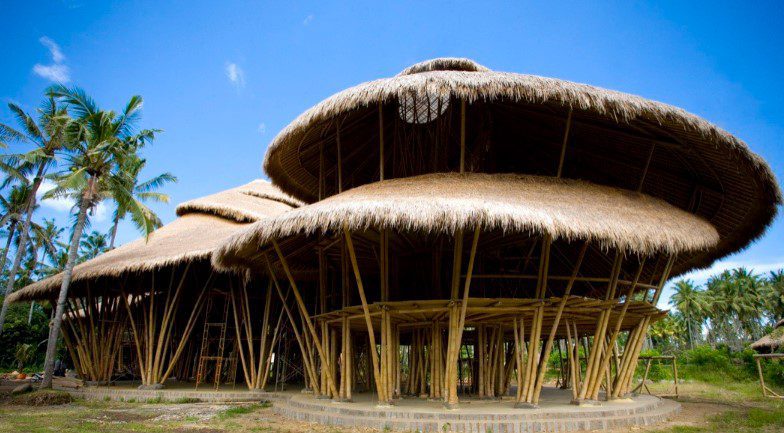
Source: Website Link
Contextual Design
Contextual design emphasizes creating buildings that blend seamlessly with their surroundings, enriching both the architectural landscape and the cultural narrative of the area. A standout example is Tadao Ando’s Church of the Light in Japan. This minimalist concrete structure integrates harmoniously with its rural setting, using natural light as a key design element to connect the interior with the surrounding environment. The careful interplay of light and form enhances the building’s spiritual ambiance while staying true to the natural beauty of the site.
Similarly, David Chipperfield’s Museo Jumex in Mexico City exemplifies contextual sensitivity by merging modern design with local culture and history. The museum’s clean lines and thoughtful use of local materials allow it to resonate with the surrounding urban fabric. Its design not only reflects the contemporary needs of a gallery space but also respects the historical and cultural essence of its location.
Through contextual design, architects like Ando and Chipperfield demonstrate how new constructions can respect and complement their environments, ultimately enriching the broader architectural and cultural landscape.
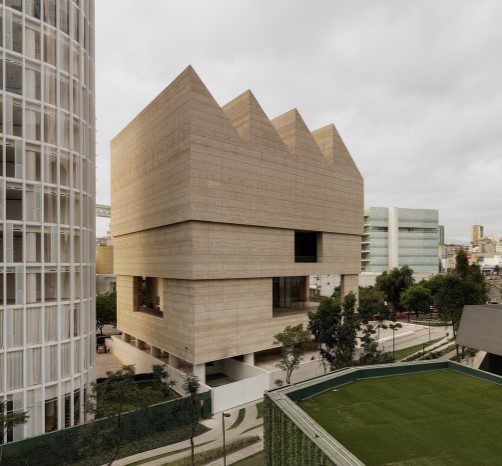
Community Engagement
Community engagement is essential in designs inspired by tradition. Maya Lin, famous for her work on the Vietnam Veterans Memorial, actively involves local communities in her projects. Her initiative, What Is Missing?, merges art with activism, focusing on environmental issues through community participation and education.
Similarly, Hernan Diaz Alonso from the LA-based studio (NOON) engages communities in the design process. This ensures that the architecture reflects the local needs and cultural values. Such a participatory approach nurtures a sense of ownership and pride among residents, resulting in spaces that not only fulfill practical needs but also connect culturally and emotionally with the community.
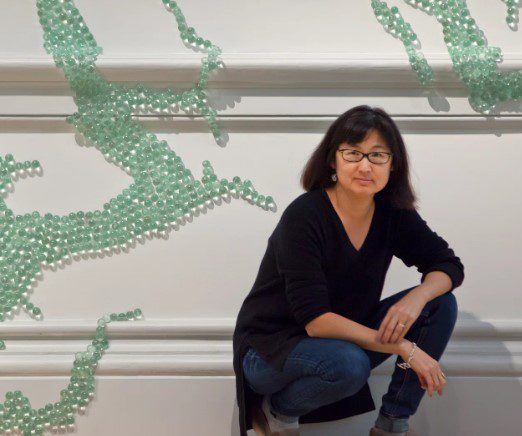
Hybrid Approaches
Hybrid approaches in architecture combine traditional and modern elements to create innovative designs. A notable example is Zaha Hadid’s Heydar Aliyev Center in Azerbaijan. The Heydar Aliyev Center features fluid forms and organic shapes, contrasting with traditional Islamic architecture. Its design integrates with the landscape, inviting engagement with nature. The building plays with light and shadow, enhancing a sense of openness reminiscent of traditional Islamic spaces. As a cultural symbol for Azerbaijan, it reflects national identity, while modern materials like glass and steel evoke the elegance and simplicity found in Islamic structures. Similarly, Alvaro Siza’s Serralves Museum in Portugal merges contemporary design with traditional elements. The museum’s layout and landscaping reflect the surrounding gardens, honoring historical context while embracing modern aesthetics. This fusion allows architects to create unique, forward-thinking spaces that resonate with both cultural significance and contemporary sensibilities, appealing to a wide range of values.
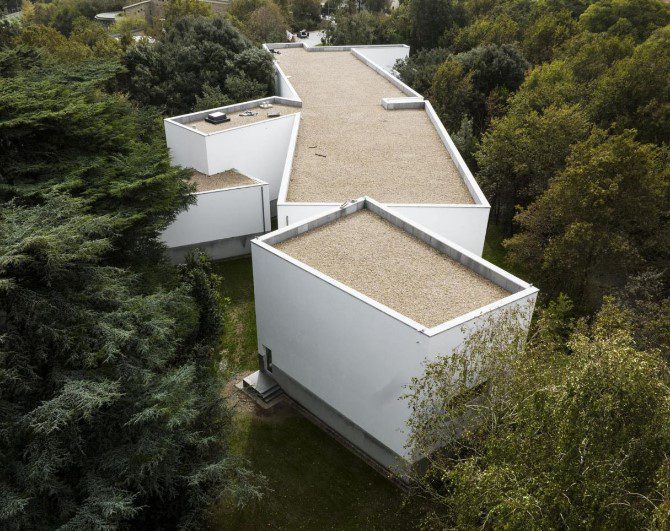
-1
-1
-1
-1
-1
Conclusion
In conclusion, embracing tradition within modern design practices enriches architectural discourse, fostering a dialogue between the past and the present. Architects like Mario Botta and Kengo Kuma demonstrate that honoring cultural heritage doesn’t mean sacrificing innovation; instead, it can lead to unique expressions that celebrate local identity. Sustainable practices, as highlighted by Richard Rogers and John Hardy, reveal how traditional methods can inform eco-conscious designs for the future. Contextual design, exemplified by Tadao Ando and David Chipperfield, shows how architecture can harmonize with its surroundings, enhancing the narrative of a place. Moreover, community engagement reflects a profound respect for local values, as seen in the work of Maya Lin and Hernan Diaz Alonso, resulting in spaces that resonate deeply with their users. Finally, hybrid approaches, showcased by Zaha Hadid and Alvaro Siza, illustrate the potential of merging tradition with modernity to create innovative structures. Overall, the interplay between tradition and contemporary practice not only cultivates responsive design but also fosters environments that are meaningful, sustainable, and culturally rich, paving the way for a future that respects its roots while boldly embracing innovation.
References
- Botta, M. (1998). Mario Botta: Architecture and design. Rizzoli.
- Kuma, K. (2013). Kengo Kuma: Complete works. Phaidon Press.
- Rogers, R. (1991). A place for all people: Life, architecture, and the pursuit of happiness. Penguin Books.
- Ando, T. (2005). Tadao Ando: The challenge of the void. Rizzoli.
- Lin, M. (2010). What is missing? The Museum of Modern Art.
- Hadid, Z. (2014). Zaha Hadid: Complete works. Thames & Hudson.
- Siza, A. (2006). Alvaro Siza: The complete works. Phaidon Press.
Kenzy Amr Sayed Afify
About the author
An architecture and urban design student passionate about traditional styles in the modern world.
Related articles

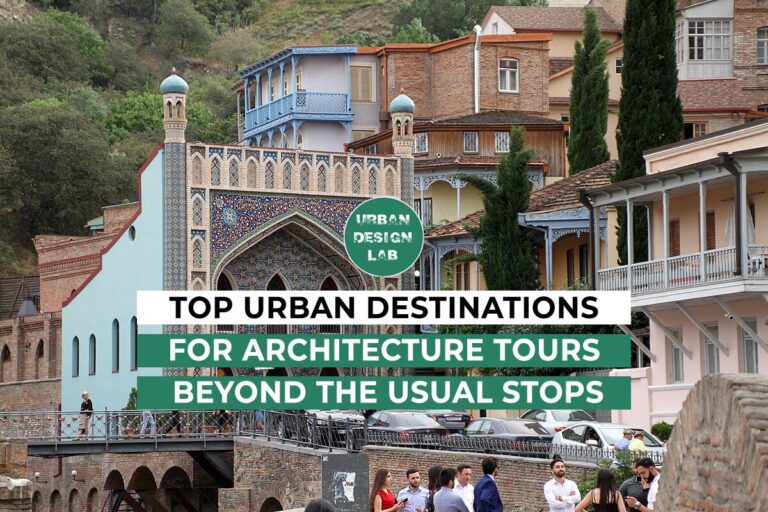
Top Urban Destinations for Architecture Tours Beyond the Usual Stops
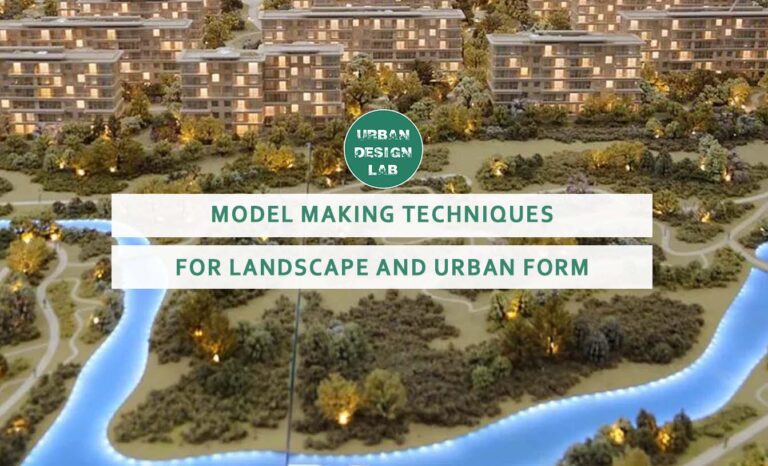
Model Making Techniques for Urban Design and Landscape
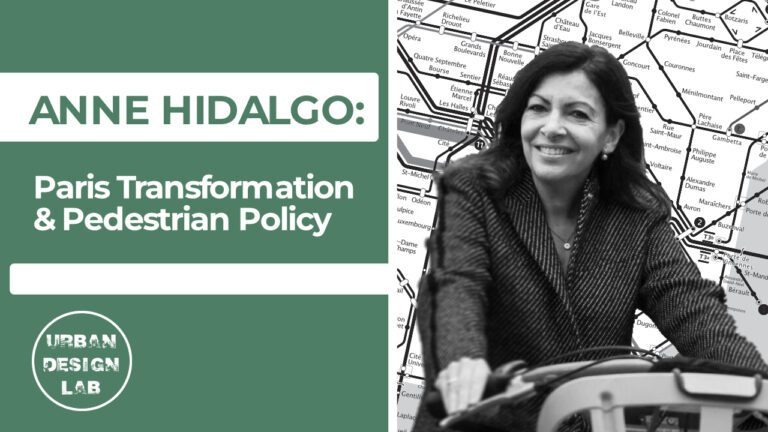
Anne Hidalgo – aris Transformation & Pedestrian Policy

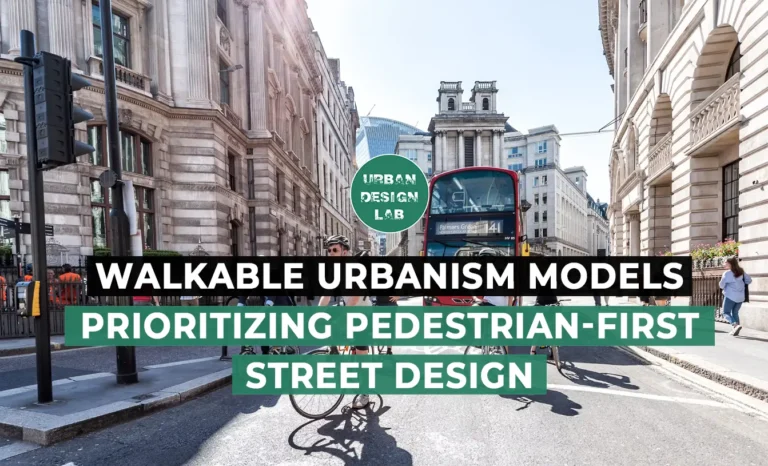
UDL GIS
Masterclass
Gis Made Easy- Learn to Map, Analyse and Transform Urban Futures
Session Dates
15th-19th December 2025

Urban Design Lab
Be the part of our Network
Stay updated on workshops, design tools, and calls for collaboration
Curating the best graduate thesis project globally!

Free E-Book
From thesis to Portfolio
A Guide to Convert Academic Work into a Professional Portfolio”
Recent Posts
- Article Posted:
- Article Posted:
- Article Posted:
- Article Posted:
- Article Posted:
- Article Posted:
- Article Posted:
- Article Posted:
- Article Posted:
- Article Posted:
- Article Posted:
- Article Posted:
- Article Posted:
Sign up for our Newsletter
“Let’s explore the new avenues of Urban environment together “

























